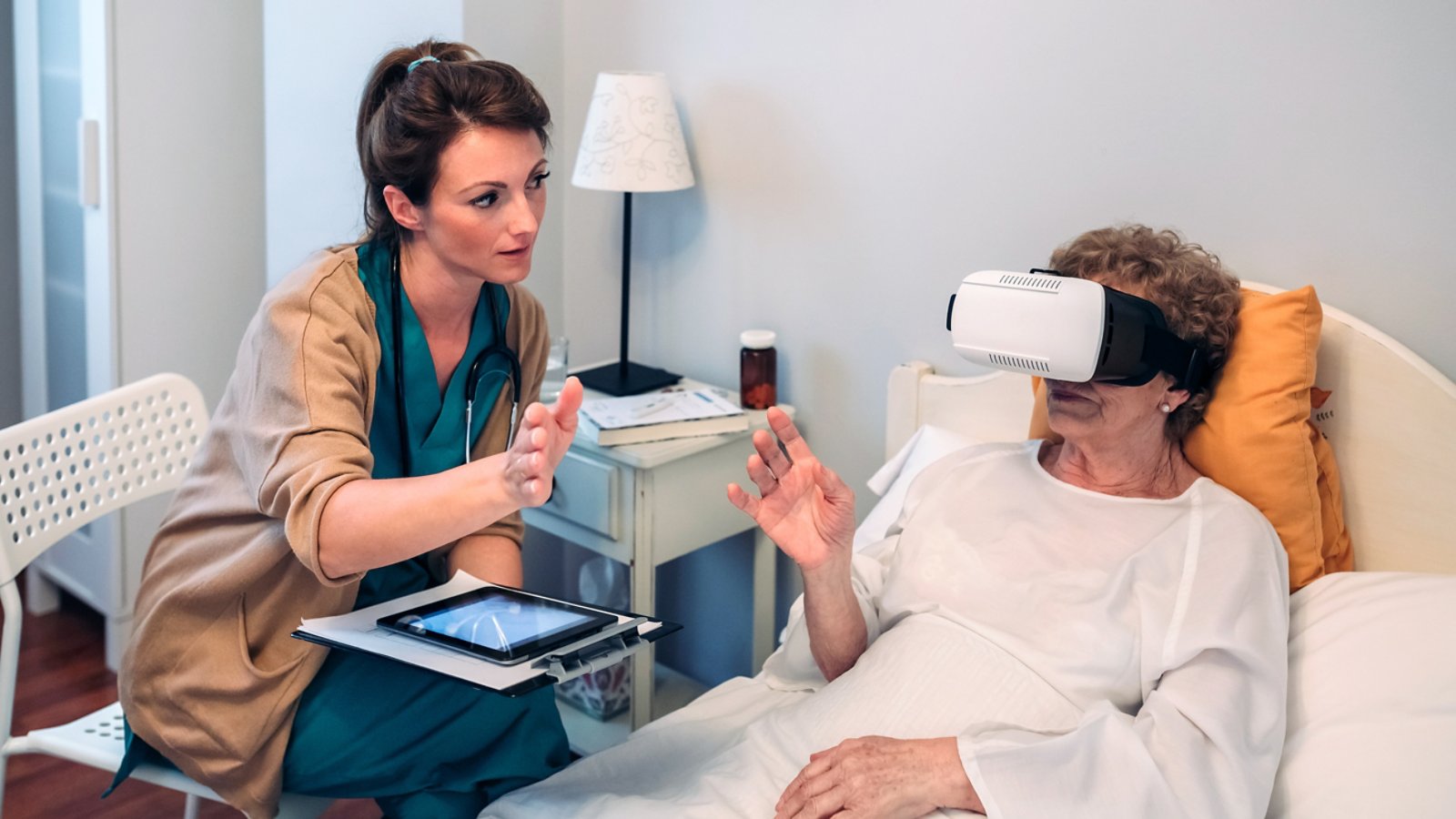By Beverly Bell and Rajesh Jaluka
Remote patient monitoring and hospital-at-home care have become common in the healthcare industry, enhancing both accessibility and flexibility.
Despite these advancements, there remains ample room to innovate, as the industry strives to deliver the best possible experience for patients.
At the forefront of this evolution is extended reality (XR): an umbrella term used to describe various forms of immersive technologies, namely virtual reality (VR), augmented reality (AR) and Mixed Reality (MR).
VR and AR are two technologies associated with spatial computing, which brings the virtual and physical worlds together. Like XR, spatial computing is an umbrella term, credited to MIT’s researcher Simon Greenwold in 2003.1 For the purposes of this article, we will use XR with the understanding that they are used interchangeably in the industry.
XR technologies hold the potential to improve the quality of care for patients, improve patient satisfaction while receiving care, improve the skills and knowledge of caregivers and broaden participation in remote or virtual therapeutic research.
Let’s explore some of the most promising applications of XR in healthcare—and three steps your organization can take today to reap the benefits of these tools.
XR applications in education and learning
Schools of medicine, nursing, pharmacy and more are integrating XR into curriculums to provide scenario-based simulation lessons. Simultaneously, from multiple locations, a class of students can witness what a seizure or anaphylactic shock looks like using a VR headset. Through the same headset, these students can practice diagnosing and treating the virtual patient, all while receiving real-time consultation from instructors.
Likewise, healthcare organizations can offer training that is both virtual and hands-on using XR—such as orientation training or learning how to operate a new piece of bedside equipment.



